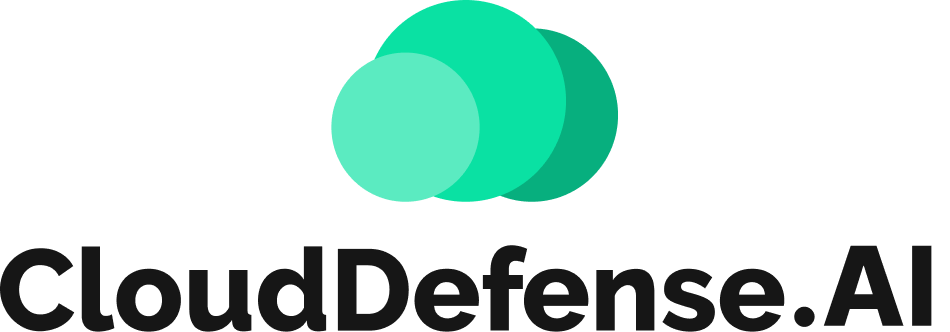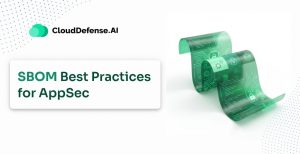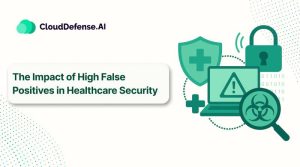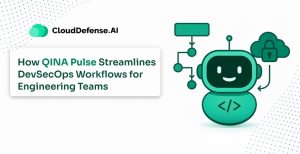Definition – What is Hybrid Cloud Security?
Hybrid cloud security is the structured approach to protecting data, applications, and workloads that operate across both public and private cloud environments. Unlike traditional security models built for static, on-prem systems, hybrid cloud security is dynamic, adaptive, and built to handle the complexity of multi-cloud and on-prem coexistence.
Here’s what it involves:
- Securing data flows between cloud and on-prem systems to prevent unauthorized access and breaches.
- Implementing access controls that work consistently across all environments—because identity is now the first line of defense.
- Ensuring visibility and compliance across different cloud providers—each with its own security policies and risks.
- Proactively detecting and mitigating threats in real time rather than reacting after an attack happens.
Why is Hybrid Cloud Security Crucial?
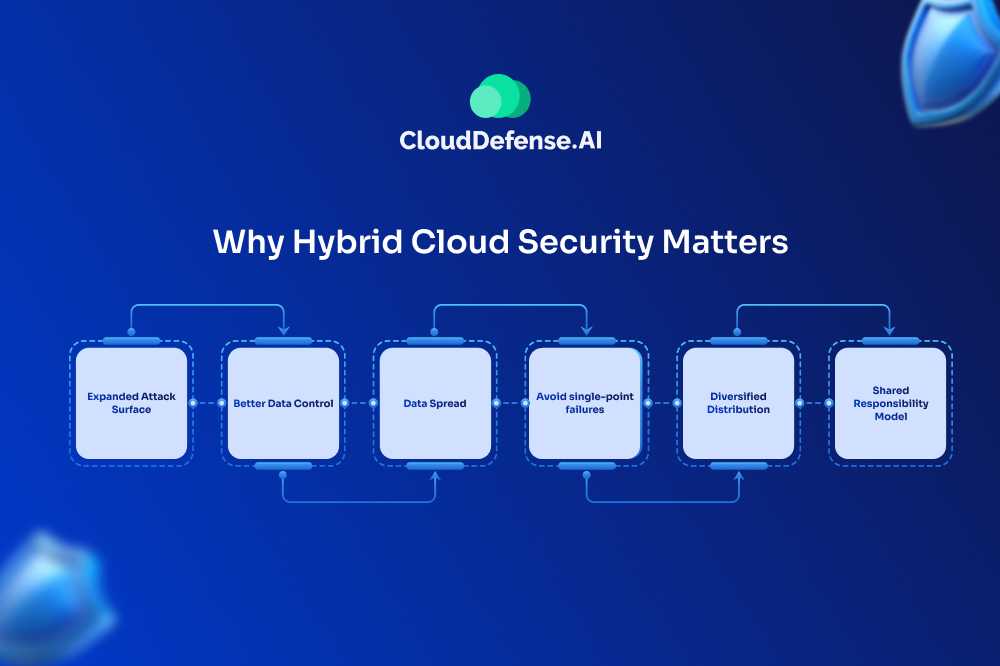
Hybrid cloud environments are the new standard—but they come with serious security risks. If you’re not securing your hybrid cloud properly, you’re gambling with your data. Here’s what the numbers say:
- 45% of data breaches in 2023 were linked to cloud misconfigurations. Attackers love weak setups.
- 80% of organizations use multiple cloud providers, yet only 30% have a unified security strategy—leaving massive security gaps.
The Reality of Hybrid Cloud Security Risks
- Expanding Attack Surface – Every new cloud integration adds potential entry points for attackers.
- Lack of Centralized Visibility – Security teams struggle to monitor threats across multiple environments.
- Compliance Nightmares – Different clouds have different regulations. A single oversight can lead to costly fines.
- Misconfigurations are the #1 Threat – A poorly set up cloud bucket can expose millions of sensitive records in minutes.
If your security model isn’t keeping up, your business is already exposed. Attackers don’t wait, and neither should you.
What Most Companies Get Wrong
Most companies think they have hybrid cloud security under control. But when a breach happens, that confidence vanishes—fast. The reality is, even the biggest enterprises make avoidable mistakes that leave them exposed. Here’s where most organizations go wrong:
1. Assuming Cloud Providers Handle All Security
This is a dangerous misconception. Cloud providers like AWS, Azure, and Google Cloud follow the shared responsibility model, which means they secure the infrastructure, but your data, apps, and access controls are your problem.
Many businesses assume their cloud provider has them covered, only to realize—too late—that misconfigured settings and poor identity management left them wide open to attacks.
2. Treating Hybrid Cloud Like Traditional IT
Old-school security models don’t work in hybrid cloud environments. Traditional security was all about perimeter defense—firewalls, VPNs, and internal network protections. But in a hybrid cloud, there is no clear perimeter.
Data moves between on-prem servers, private clouds, and public cloud services—and if security isn’t adapted for this, attackers will find a way in. Yet, many companies still rely on legacy tools that weren’t built for hybrid security.
3. Ignoring Misconfigurations & Access Control Gaps
Misconfigurations are the leading cause of cloud breaches—not sophisticated hacks, not zero-days, but simple, avoidable misconfigurations. Open S3 buckets, overly permissive IAM roles, unpatched APIs—these small mistakes create massive attack vectors. Yet, many businesses still don’t audit and remediate their cloud configurations regularly. An attacker only needs one weak spot to get in.
4. Focusing on Compliance Instead of Real Security
Many companies treat security as a compliance exercise—checking boxes instead of actually reducing risk. Passing a SOC 2 or HIPAA audit doesn’t mean your data is safe. Attackers don’t care if you have compliance paperwork; they look for security gaps. Real hybrid cloud security is about continuous monitoring, real-time threat detection, and proactive risk management—not just passing audits.
5. No Unified Security Strategy
Hybrid cloud security is complex. Managing on-prem, private cloud, and multiple public cloud providers requires a unified strategy.
But many organizations rely on siloed tools—one for on-prem, another for AWS, another for Azure, etc. This creates blind spots where attackers can move undetected. A fragmented security approach is an open invitation for breaches.
The Biggest Cyber Threats Targeting Hybrid Cloud
Hybrid cloud environments are prime targets for attackers. With data flowing between on-prem, private cloud, and public cloud platforms, security gaps are inevitable—and hackers exploit them aggressively. Here are the biggest cyber threats every organization should be prepared for:
1. Ransomware Attacks on Hybrid Cloud
- Ransomware is no longer just targeting on-prem systems—it’s now hitting hybrid cloud infrastructures hard.
- Attackers encrypt data across multiple environments and demand huge ransoms to restore access.
- Cloud backups? Not always safe—ransomware is now designed to corrupt cloud-based backups as well.
2. Identity-Based Attacks & Credential Theft
- In hybrid cloud setups, identity is the new perimeter—if attackers get access to an admin account, they own your cloud.
- Weak IAM policies, stolen credentials, and privilege escalation allow attackers to move laterally across cloud and on-prem environments.
- Common attack methods:
- Phishing attacks targeting cloud admin accounts
- Session hijacking using stolen cookies
- Misconfigured IAM roles granting excessive permissions
- Phishing attacks targeting cloud admin accounts
3. Zero-Day Vulnerabilities in Hybrid Cloud Systems
- Attackers exploit unpatched security flaws in cloud services, APIs, and hybrid infrastructure.
- Some vulnerabilities remain undetected for months—giving hackers time to steal data or escalate privileges.
- Recent case: A zero-day flaw in a cloud storage provider allowed attackers to access millions of sensitive records before it was patched.
4. Supply Chain Attacks in Multi-Cloud Environments
- Businesses integrate third-party services, APIs, and SaaS tools into their hybrid cloud—each one a potential attack vector.
- If a trusted vendor gets breached, attackers gain indirect access to your cloud environment.
- Example: A single compromised software update in a third-party monitoring tool led to widespread cloud breaches.
5. Data Exfiltration at Scale
- Attackers don’t just break in—they steal data silently across hybrid cloud environments.
- Weak data encryption policies, misconfigured storage buckets, and insufficient logging make it easier for exfiltration to go undetected.
- Real threat: Many organizations don’t realize data is being siphoned until it’s too late.
How Hybrid Cloud Security Eliminates Risks?
The risks in hybrid cloud environments—misconfigurations, blind spots, compliance failures, and expanding attack surfaces—are not theoretical. They are real, measurable, and actively exploited by attackers. But these challenges can be neutralized with the right security approach.
Centralized Visibility & Control
One of the biggest issues with hybrid cloud setups is the lack of unified visibility. Security teams often struggle to monitor different environments in real-time, leading to undetected threats. Hybrid cloud security solutions solve this by providing a single, centralized dashboard that monitors all cloud and on-prem resources.
With real-time scanning, automated alerts, and cloud security posture management (CSPM) tools, security teams can detect and fix vulnerabilities before they become attack vectors.
Zero Trust Architecture (ZTA)
The old-school approach of assuming everything inside the network is safe? That’s how breaches happen. Hybrid cloud security shifts to Zero Trust, which means no one and nothing gets access unless verified—every single time. Whether it’s a user logging in from a remote location or an application requesting data, every action is authenticated, authorized, and monitored.
On top of that, micro-segmentation makes sure that even if an attacker gets in, they can’t move freely.
Automated Threat Detection & Response
Security threats don’t wait around for IT teams to notice them. By the time a human reacts, an attack could already be in progress. That’s why hybrid cloud security uses AI-driven threat detection and automation to spot unusual behavior instantly. If a server suddenly starts acting suspicious or data is being accessed in an abnormal pattern, automated systems flag it, block it, and respond immediately—before any real damage happens. This is the difference between preventing an attack and cleaning up after one.
Compliance & Governance Simplified
Regulations aren’t getting any easier, and managing compliance across multiple cloud providers is a nightmare without the right strategy. Hybrid cloud security ensures that consistent security policies are enforced everywhere, whether you’re dealing with AWS, Azure, Google Cloud, or private servers.
Automated compliance audits keep everything in check, reducing the risk of regulatory fines and—more importantly—avoiding the kind of data exposure that can permanently damage a company’s reputation.
Final Words
The expanded attack surface and fragmented security landscape create a hacker’s paradise. Without a robust security architecture, data breaches, compliance failures, and financial losses loom large.
Those are just some of the big best practice areas to cover. At the end of the day, hybrid cloud security requires tremendous attention to detail and an “assume breach” defensive mentality from the start. But do it right, and you get powerful security without sacrificing agility.
